If you’ve ever looked at the ingredients list on the back of any of your cosmetics, you’ll see a massive block of scary-sounding names, with a few familiar ones in the mix (hello water!). Nail polish is probably the most unfriendly cosmetic product most people own – it smells nasty, and it’s hard to clean up after. You’ve probably heard of the “Big 3”, and how you should avoid them, and buy products from companies which sell Big 3-free. But what are these things, and important is it to avoid them?
The Lab Muffin likes to stay safe, but at the same time, the Lab Muffin doesn’t want to be a paranoid parrot. Unfortunately, finding good information on chemicals in health care products is difficult. On one end of the spectrum, there are websites run by trade associations which try to play down the risks to keep costs lower for manufacturers. On the other end, there are scare-mongering groups who turn every “possible link” into a death knell.
So the Lab Muffin has decided to take a close look at the nail polish ingredients most commonly said to be “dangerous”. First up… dibutyl phthalate!
Dibutyl phthalate (DBP) – die-BOO-til THA-late – MSDS
Where is it found? Mainly in nail polishes – it’s one of the Big 3. Also found in much smaller amounts in products such as deodorants and fragrances. It used to be used as an insect repellant as well.
Why is it there? It’s a plasticizer – it makes the dried nail polish more flexible, so it doesn’t flake off like plaster.
Is it dangerous? LD50 = 8000 mg per kg – not really, in the short term. Probably still best not to drink it though!
But while DBP isn’t straight-out toxic, its effects are a bit more sinister – the main worry is that it’s an endocrine disruptor. The endocrine system is involved in most of the major functions of the body, including food digestion, reproduction, fat breakdown and making blood. Since it’s involved in so many complex processes, you can see why disturbing it isn’t the best idea.
Most studies on DBP show measurable changes in the endocrine system, but on the whole the long-term effects haven’t been definitively observed. The most well-researched effect of DBP in animals is its effects on unborn babies and children, in particular boys. It affects their developing reproductive systems, mainly their balls. In higher doses (unlikely with the small amounts in nail polish, but good to know anyway), it may cause miscarriages. It also seems to be involved in fat storage. However, the amounts of DBP measured in humans are way below the amounts used in these animal studies.
Lab Muffin’s Verdict: Better safe than sorry – even though none of the evidence is entirely conclusive, most nail polishes are now DBP-free so it’s easy to avoid.
Notes
MSDS – this stands for Material Safety Data Sheet. These are documents which contain information about various chemicals for people who use them (e.g. dangers, toxicity, emergency action).
LD50 – this means the dose which will kill half the population. For example, if the LD50 of something is 50 mg per kg for rats, that means that if you had 100 rats which all weighed 0.5 kg, and you fed them all 25 mg, you would expect 50 to die. Obviously, this isn’t the nicest experiment to run, and the Lab Muffin is happy to tell you that ways of measuring toxicity that don’t involve killing large numbers of animals are becoming more popular. But currently, comparing LD50 values is the easiest way of thinking about how toxic something is, in the short term – bigger LD50 = more needs to be eaten before you die = safer. All the LD50 values presented, unless otherwise stated, are the oral LD50 for rats. As a comparison, the LD50 of ethanol (i.e. pure drinking alcohol) is 7060 mg per kg.
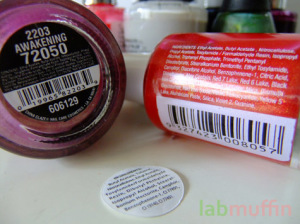
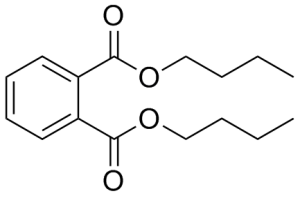


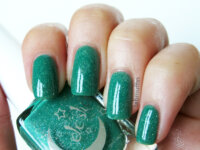
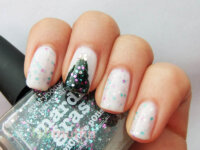
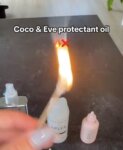

So interesting! More, please!
LD50 nicely explained, good job!